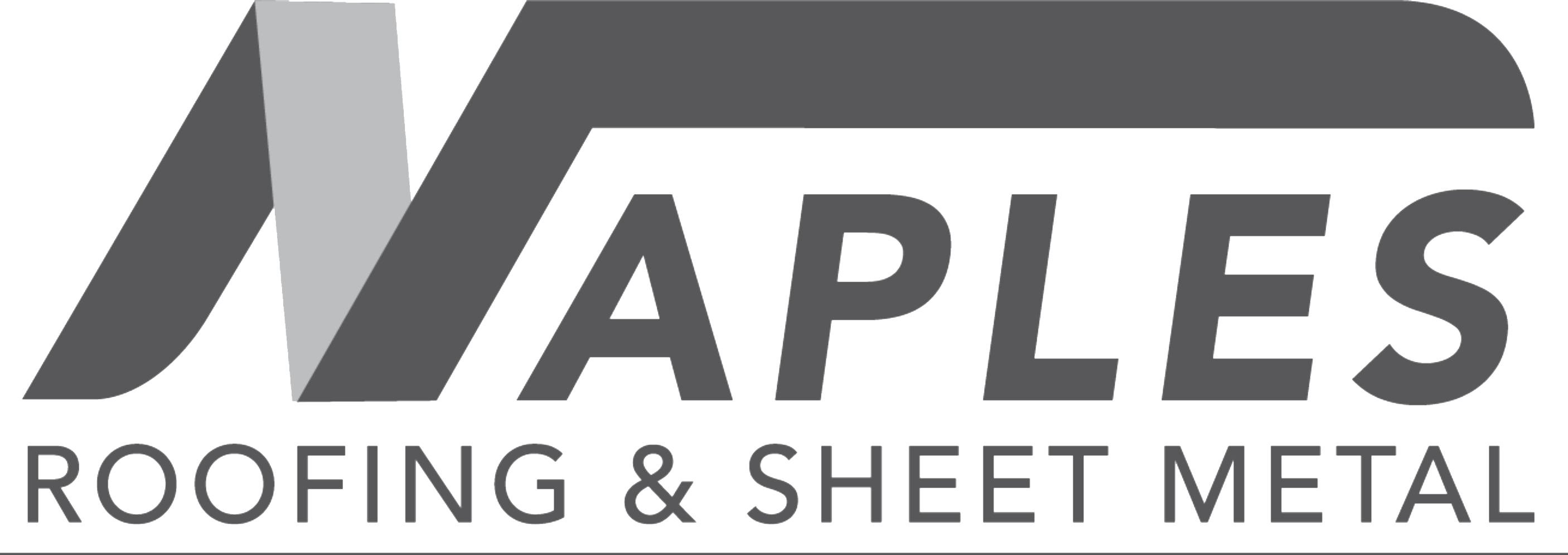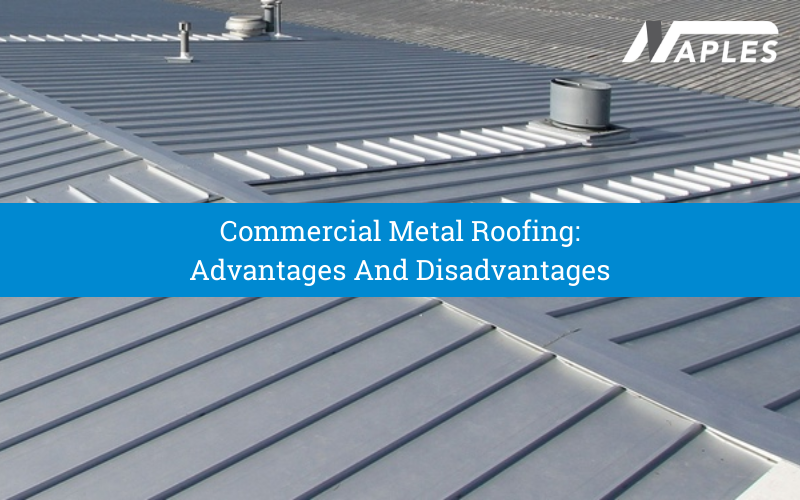Commercial Metal Roofing: Advantages And Disadvantages
For most residential and commercial property owners, the benefits and drawbacks of metal roofing are self-evident. They have a lot of benefits, but they do have certain restrictions. Industrial and commercial roofers in USA offer services for the repair, replacement, and maintenance of the commercial property.
There isn’t an ideal roofing material. In fact, the majority of property owners must deal with each one’s limits. All roofing materials, however, offer distinct benefits in terms of durability, duration, and cost.
For many property owners and contractors, this balances their worth.
It’s vital to be well-versed in the roofing materials you’ll be employing. Keep the benefits and drawbacks of commercial metal roofing in mind if you’re considering it. This will make it easier for you to choose the best roofing services in the future.
What are Metal Roofs?
Metal roofs are made of zinc alloy, copper, stainless steel, tin, or aluminum depending on the manufacturer. The cost and functionality of each material vary.Zinc alloy, for example, is in the middle of the pricing spectrum. It is, nonetheless, quite adaptable. As a result, customized metal roofing jobs, are the first option of the roofing contractor in USA.Aluminum, on the other hand, is appropriate for beach houses. Corrosion occurs when metal is exposed to a lot of salt. The only metal that does not corrode is aluminum.Stainless steel and tin are the most popular options for both residential and commercial buildings. They are the most cost-effective materials, yet they nevertheless give the best property protection and metal roof benefits.
Advantages of Metal Roofs
Metal roofs are regarded as one of the best materials to deal with by commercial and industrial roofing contractors in USA. Metal roofs, despite their drawbacks, are a good investment for the following reasons.
Maximum Lifespan
Metal roofs may last up to 70 years if correctly built. Allowing for material expansion and contraction is an important part of a competent metal roof installation. Contractors must also apply the unique manufacturer roof coating correctly. The protective coat offers a layer of protection to the roof, enhancing its capabilities.When compared to other materials, aluminum has the longest conceivable lifespan. Its non-corrosive property makes it resistant to ponding. Furthermore, its small weight puts less strain on the home’s foundations.
Extremely long-lasting
With the exception of aluminum, metal roofs can withstand winds of up to 140 miles per hour. As a result, even if there is a downpour with heavy gusts, they will remain in place.Metal roofs, unlike shingles, will not shift gutter-clogging surface materials. They also don’t require as much care as single-ply membranes.Recent Blog: Most Affordable Commercial Roofing System A single hailstorm may damage metal roofs. They might be able to get away with only minor repairs and yet endure the next hailstorm.
Fire Resistant
Metal is a great heat and electrical conductor. They are not, however, fire starters. They, on the other hand, are excellent fire retardants.Metal’s non-combustible characteristics help them avoid slow-burning flames. Furthermore, the fire-retarding unique coating aids in the prevention of lightning strikes striking characteristics.Metal roofs must meet the fire resistance standards of the building code. The infrastructure’s construction category is determined by these guidelines. It also encourages manufacturers to produce fireproof metal roofs that meet the Class-A requirement.Depending on the location of the property, most construction regulations have varying fire resistance standards ranging from moderate to rigorous.
UV Protection and Efficient Insulation
Heat is transferred through metal roofs. The second layer, however, serves as a coolant after being coated with a manufacturer-made specialized coating. Its main job is to deflect solar radiant heat and ultraviolet radiation. It also ensures that there are no gaps between the metal plates. As a result, the procedure results in improved home insulation.Lowering the thermostat is a result of improved insulation. Effective metal roof installation and paint application will undoubtedly save you a lot of money. The massive conduction will be one of the most significant drawbacks of metal roofs if protective coatings are not used.
Environmentally-Friendly
Metal roofs are made from recyclable scrap. In fact, the majority of manufacturers incorporate recycled material in their goods to the tune of 95%. Manufacturers support these goods with their own formulae. Furthermore, manufacturing procedures supply their roofs with the incredible benefits they provide.All commercial metal roofing materials, on the other hand, are 100% recyclable at the end of their useful life. As a result, metal roofs are an ideal alternative if you want an ecologically friendly roof.
Disadvantages of Metal Roofs
Metal roofs, on the other hand, aren’t as durable as many people imagine. They, like every other roofing material, have their own set of flaws.
Cost
Metal roofs have a number of drawbacks, one of which is their high cost. Metal roofs will be twice as expensive as conventional roofing materials, if not three times as expensive. The benefits, however, exceed the costs.Metal roofs are a powerful investment. However, be sure you’re prepared to make this significant financial investment in the improvement of your property.
Contributor for Noise
Metal roofs, unlike asphalt roofs, single-ply membranes, and shingles, are excellent sound conductors. As a result, even little rain showers will reverberate loudly within any building. Strong hailstorms exacerbate the problem. However, this is a modest amount to pay for more reliable and long-lasting roofing.While this isn’t a major drawback of metal roofs, it may be an issue for some property owners.
Contracts and Expands
Metal roofs, like siding, respond to temperature. They grow and shrink. If contractors do not correctly install them, the material’s lifespan will be shortened. The motions will also dislodge screws and fasteners. As a result, your entire roof system will be compromised.Metal roofs require “breathing” space. Even if there isn’t any rain, if you see some nails that have come loose, contact a reputable professional for immediate assistance. Metal roofs do have this drawback, but it is workable.
Industrial Look
Metal roofs without coatings have one drawback: they glisten and shine like warehouses. If you don’t have a specific protective coating for your metal roof, it will give your house an industrial look.While this raises the material cost, it improves the aesthetics. In addition, the coating provides UV protection and increases the material’s longevity. Residential metal roofs are a different story.
Not A Beachfront Roof Option
Metal roofs, with the exception of aluminum, are not ideal for beachfront homes. The closer metal materials are near a source of high salt air, the more corroded they get. Because aluminum is a costly material, this is a significant drawback.If beachfront homes and businesses still desire metal roofs, they should choose aluminum alone. Other forms of metal roofs for these homes, however, are strongly discouraged by any contractor.
Conclusion
Metal roofs have a well-balanced set of benefits and drawbacks. To get the most out of metal roofs, evaluate the property’s location, construction, and temperature, just as you would with any other roofing material.The installation of metal roofs is a critical step in increasing their lifespan. As a result, for your roofing installation, always use the most dependable roofing contractors.Naples Roofing offers reliable commercial and industrial roofing services in US. We are NRCA certified roofing contractors having 45 years of experience in roofing installation, repair, and replacement. Request an estimate for your roofing services!


